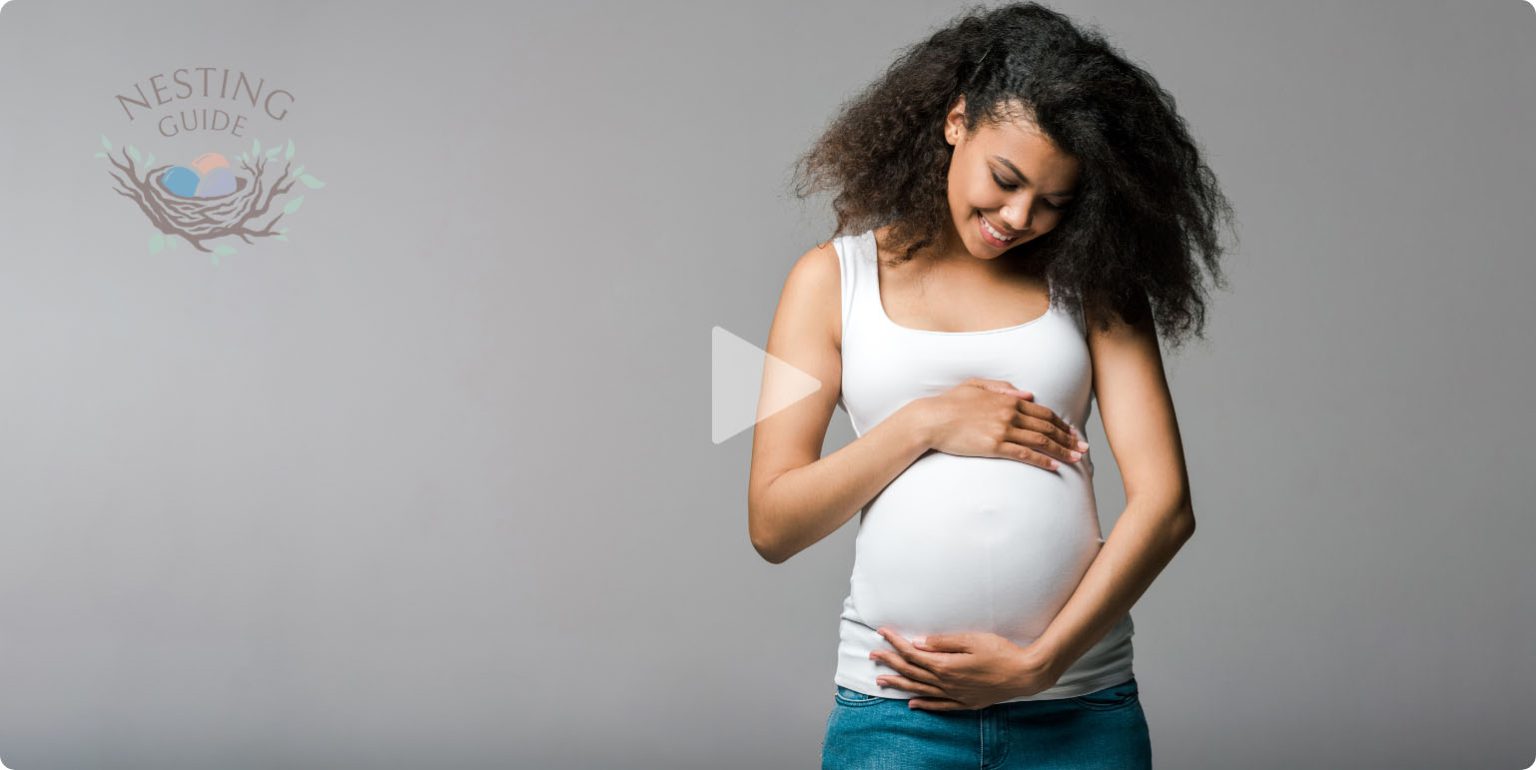
About Us
Nesting Guide’s Story
The Nesting Guide initiative was created to raise awareness and provide up-to-date research from leading national organizations on the causes of intellectual disabilities and adverse childhood experiences. The Nesting Guide equips maternal healthcare providers with a platform to help better inform their patients of current prevention resources to keep pregnancies, infants, and children safer and healthier. The Nesting Guide is a directory that categorizes and disseminates comprehensive preconception, prenatal, and cradle-to-kindergarten data under one online portal.
Environmental risks account for 25% of the disease burden in children under five.
SourceAbout 61% of adults surveyed across 25 states reported they had experienced at least one type of ACE before age 18.
SourceThe risk of ASDs increased by 62% among diabetic mothers compared with non-diabetic mothers.
SourceOur Journey So Far
-
2022
-
May
2022Project enhancements with TargetMarket
-
April
2022Nesting guide discovers the Arc’s article
Research for Bachelor Essay leads Mindy to discover the ARC’s article and position statement, “Addressing the Causes and Effects of Intellectual and Developmental Disabilities”
-
August
2021Mindy and Collaboration with College of Charleston School of Business and Information Management
-
August
2020Returned to data collection
-
October
2018Attended the I Care 4 Autism National Conference
-
August
2018Funded to research data points in intellectual disabilities community
-
May
2016LETTER OF support from retired Environmental Specialist and Unit Coordinator for the State of Georgia
Retired Environmental Specialist and Unit Coordinator for the State of Georgia Environmental Protection Agency writes letter in support of lead poisoning exposure and prevention during gestation
-
March
2008The same developmental agency that diagnosed son - drops diagnosis
-
October
2004Environmental Medical Doctor diagnosis of lead poisoning in gestation due to renovation work on 1925 year old home - mimicking ASD symptoms
-
August
2004Son’s diagnosis of ASD
-
2002
Our son is born

